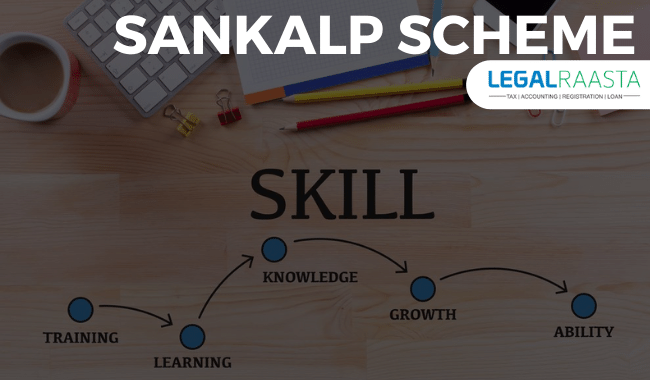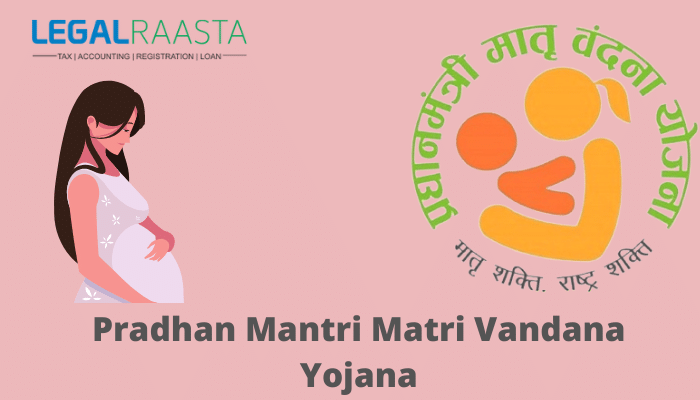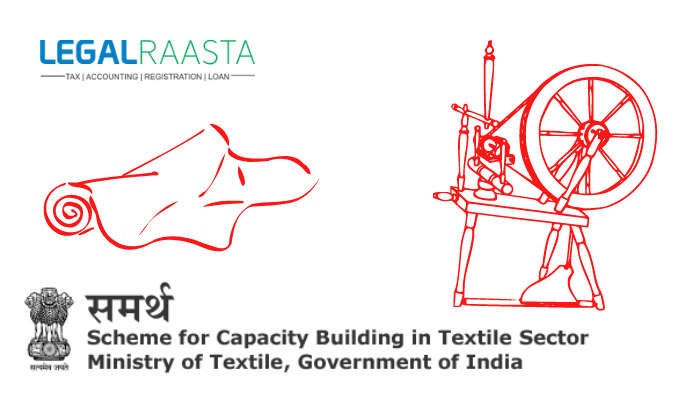Sankalp Scheme
There has been a lack of consistency in the vocational skill training arena. The government has lately created the ‘Skill acquisition and knowledge awareness for livelihood promotion’ (SANKALP) scheme in order to expand this training space
It is a subset of the National Skill Development Mission (NSDM), and its goal is to improve India’s skill development initiatives. The project’s main goal is to create an all-encompassing skilling system that spans both the federal government and the states. It also intends to establish a thorough checking and assessment structure as well as provide poor people with opportunities for vocational training.
What is Sankalp Scheme?
The Cabinet Committee on Economic Affairs (CCEA) has approved the Skill Acquisition and Knowledge Awareness for Livelihood Promotion (SANKALP) scheme, which is funded by the World Bank The project’s overall cost is Rs. 4,455 crore, which includes a World Bank loan of Rs. 3,300 crore.
Aim of the scheme:
- Strengthening institutions at the state and national levels;
- Monitoring market-relevant training;
- Improving the quality and relevance of skill developed program
- Making skills training accessible to female trainees and other underprivileged groups;
- Expanding the scheme’s reach through private-public partnerships (PPPs).
The initiative aims to revitalize India’s skill ecosystem, with objectives defined at both the state and national levels.
National Components
The following are the main components of this plan at the national level:
- Strengthening and Developing Institutions
To have the desired impact, the vocational and skill training industry requires a robust organization. As a result, a scheme like SANKALP will show to be a game-changer in the industry.
The government has taken the following initiatives to ensure institutional development:
- National Skill Certification Body — An impartial body will be established to regulate skill assessment. By establishing standards for examinations, evaluations, and certificates for all training courses, it will enable the assessment of credible talents. It is also in charge of awarding certificates of proficiency.
- Unified National Accreditation board – Trainers and training centers will be required to meet standard registration and accreditation criteria. Furthermore, quality will be maintained for institutes and training centers through grading and development tracks.
- Division of National Skill Research – This will function as a non-profit think tank. Its main goal will be to analyze labor markets in order to enable policymakers to create policies that are in line with current developments. It will assess the impact of these skill development programs and make recommendations to the Ministry of Skill Development and Entrepreneurship (MSDE), the National Skill Development Agency (NSDA), and other skill development authorities.
- LMIS (Labor Market Information System) Development – The current LMIS acts as a data repository for four primary skill development ministries. Under SANKALP, LMIS Phase II will include an integrated platform with data on skill development from over twenty ministries as well as all states. It will serve as a platform for job seekers, employers, policymakers, and researchers to access a variety of services.
- SDMS (Skill Development Management System) – Its main goal would be to manage the Skill India ecosystem in terms of the initiatives that have been introduced. Every scheme, candidate lifetime, and scheme-related payments will be targeted by this system. It will also make it easier to manage targets for schemes, training kinds including Short-term training, RPL, Special projects, Creation and Management of Projects, and data from the Sector Skill Council (SSC) for all short-term skill development initiatives in the country.
- Kaushal Mart: Kaushal Mart is a centralized Skilling Resource Marketplace that provides a trustworthy venue for the trading of skilling resources. Participant Handbooks, Facilitator Guides, Presentations, and Videos are just a few examples. In other words, it will ensure that learners have access to reference materials through trusted content providers.
- Takshila: Trainers’ National Portal – This website will serve as the country’s central repository for information on Trainer and Assessor skill development. It will keep track of trainers’ and assessors’ databases and lifecycles. This site will give trainers and assessors with the necessary information about upcoming training sessions.
- Increasing the effectiveness of entrepreneurship
Small businesses account for a large share of present employment. Despite several ministries’ efforts to develop this sector of the economy, rural and underprivileged urban areas require greater assistance. This is due to the limited availability of these programs. SANKALP aims to overcome these obstacles by improving skills and establishing a mentorship support system. It is an attempt to empower them so that they can migrate into the official sector and contribute positively to India’s economy.
- State Components
The goal of the initiative is to help and encourage Indian states to improve their skill development capacity. The government wants to achieve this by incentivizing technologies that help socially disadvantaged people gain access to services. The main goal is to transition to demand-driven skill development. States will be given grants depending on their annual performance for reform and capacity building. However, the monies will be used in accordance with the States’ priorities, which will be determined by the State skill plan and presented to the Project Steering Committee for approval.
- Institutional and Implementation Arrangements
This national scheme The implementation structure of SANKALP is multi-leveled. While the MSDE serves as the nodal agency for supporting operations, the program will be implemented with the help of the NSDA, NSDC, SSDMs, other PIAs, and a PMU. The state governments have the main responsibility for program delivery at the state level. The SSDMs, which are part of the nodal department, are in charge of implementing the program at the state level. The state mission oversees the program’s execution at the district level, with the assistance of other agencies.
- Indicators of Disbursement
This is intended to be used in conjunction with the World Bank’s Program for Results Program (P for R). The funding will be distributed based on the results provided by the states. Before any grant is distributed, each state will undergo a thorough performance analysis. The scheme’s objectives will be the focus of the performance analysis.
Conclusion
The SANKALP scheme aims to overcome infrastructure barriers by establishing a proper framework for persons attempting to gain skills and knowledge for a living. The goal is to achieve a qualitative shift by improving the quality and accessibility of vocational education. Accreditation and certification in both long and short-term Vocational Education and Training (VET) will henceforth be regulated by these national agencies
A paradigm shift in vocational education is not only welcome, but it is also likely to be a significant step toward empowering the urban and rural masses. Many people’s horizons will be broadened by having free access to high-quality content and trainers. This initiative aims to bring uniformity and quality to vocational education, and its impact will undoubtedly be enormous.
Also, read
Prime Minister’s Employment Generation Program
SIDBI – Small Industries Development Bank of India & its Functions










